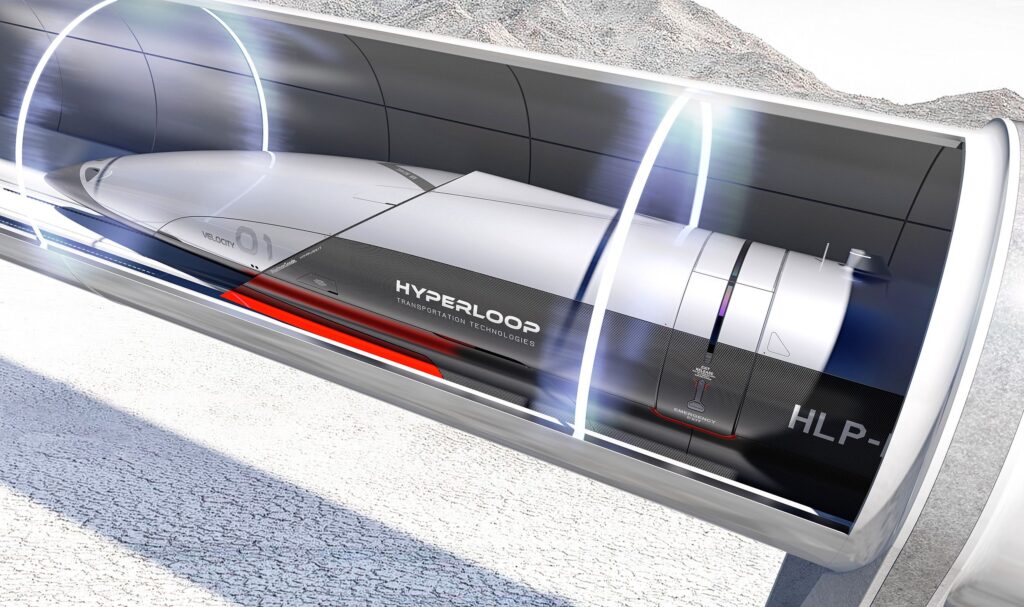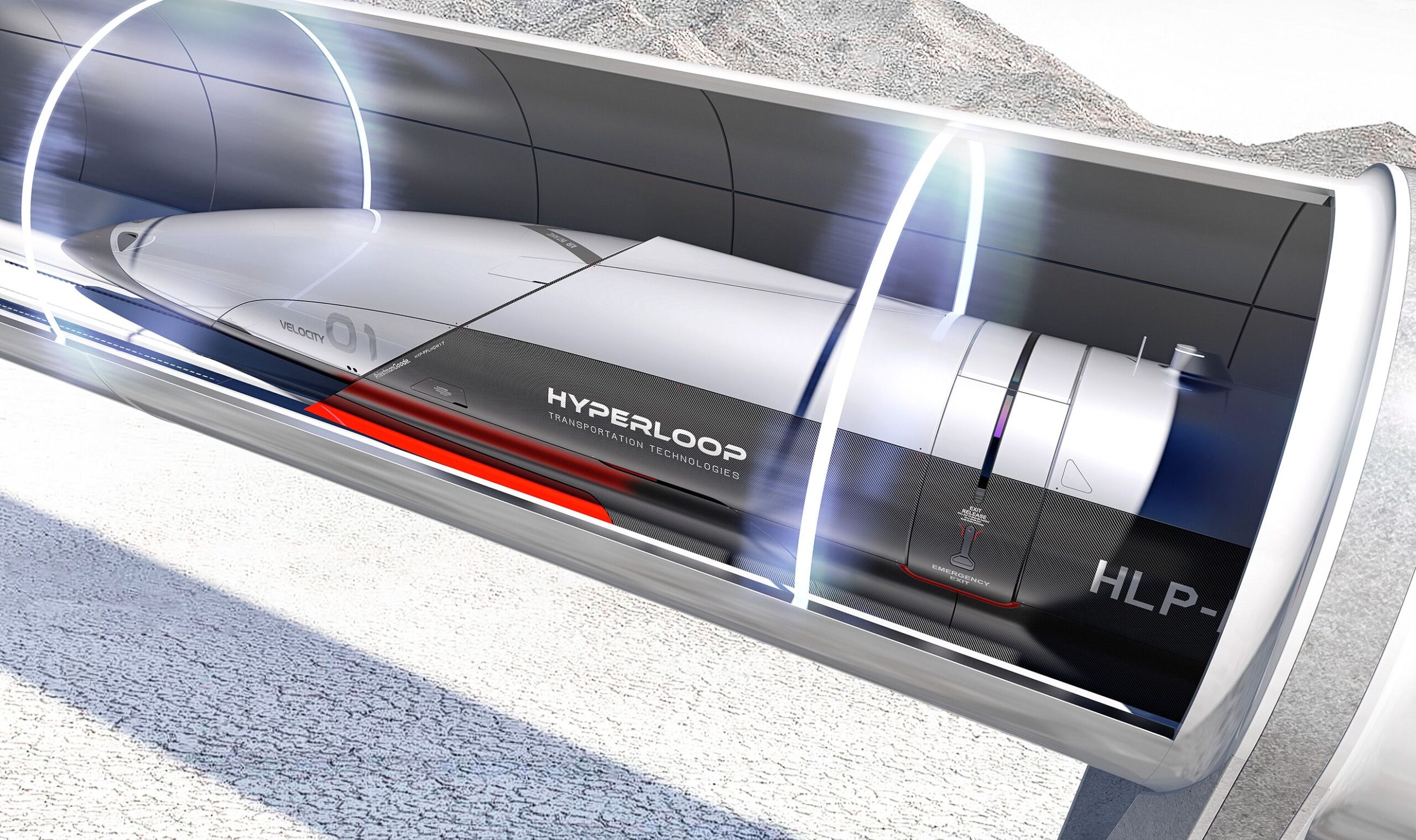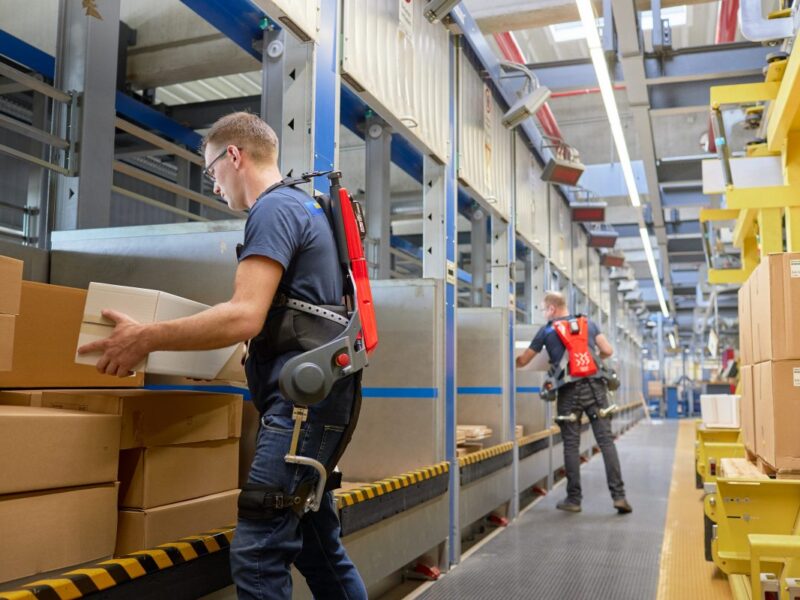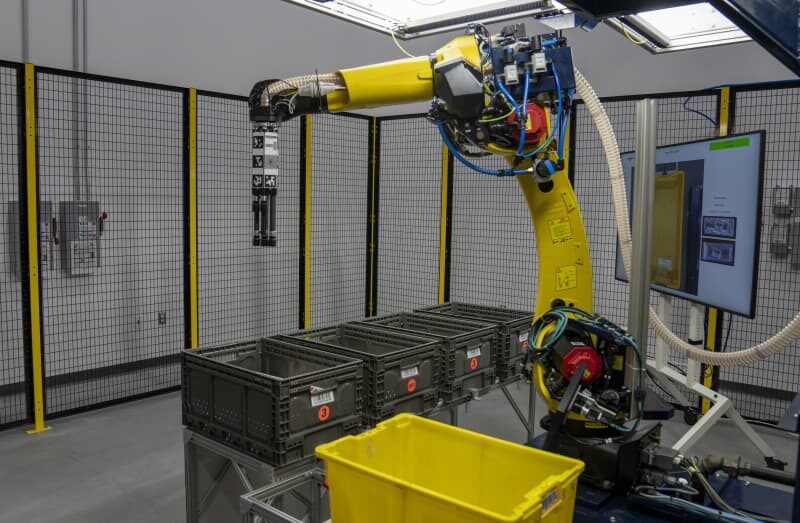
Pictures from science fiction of the last century, where countries and continents are interconnected by a single high-speed transport system, could become a reality. Such proposals were made by the innovator of the modern world Elon Musk a decade ago. Elon Musk stated that Hyperloop (vacuum train) will be faster than an airplane and high-speed train, reaching a maximum speed of 1200 km/h.
The essence of the technology
Trains would have to move in vacuum tunnels. The roads would be powered by solar energy, which would dramatically reduce CO2 emissions. The capsules were to move along these tracks at short intervals – just like trains in the subway. The project was designed for passenger and freight transportation. Hyperloop One and Hyperloop Transportation Technologies have been working on the implementation of this science fiction idea for some time.
To become the first passengers of Hyperloop Virgin decided: the technical director of the company Josh Giegel and the head of the passenger service department Sarah Lucian. On the test track, which is 500 meters long, the capsule managed to reach a speed of 160 km/h. The maximum speed of Hyperloop in the future should be 1,223 km/h.
Where the first routes were planned to be built
Poland is the only Eastern European country whose territory was included in the list of places for the first Hyperloop routes. Hyperloop One held a competition to select locations for the construction of routes. There were thirty-five winners of the competition, so the possible options were chosen – Tallinn-Helsinki, Warsaw-Wroclaw, London-Edinburgh, Seattle-Portland, Miami-Orlando, Mumbai-Delhi, Sydney-Melbourne and others.
Will the idea be implemented?
While the Virgin Group was going through difficult years, hundreds of employees were laid off and the passenger transportation project was suspended. DP World, the main shareholder, said it wants to use the technology in logistics to build “inland ports” to transfer containers from ships to their destinations. This will help deliver goods much faster than current systems. Such a system could revolutionize the freight industry.


